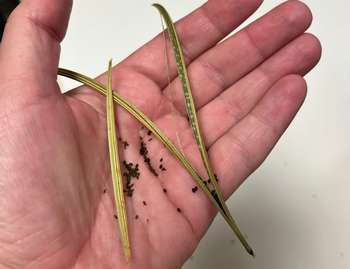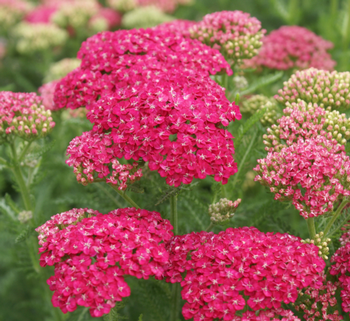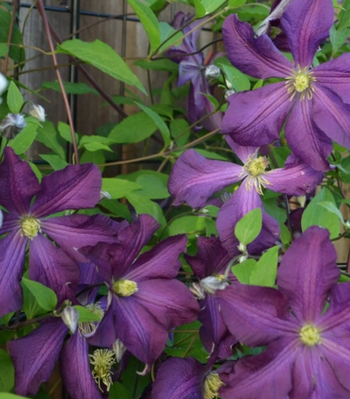Frugal gardening through propagation
-
Peggy Ruffra
-
It’s easy to go to a garden store or nursery and spend more than you planned when the gorgeous blooms and dazzling colors are so tempting. But it’s just as easy to be a frugal gardener by propagating plants you already have. It’s fun, satisfying, and not as daunting as you might think.
 Look for the dried seed head on California poppies for the gift of seeds inside. Photo: Anne Schellman
Look for the dried seed head on California poppies for the gift of seeds inside. Photo: Anne SchellmanThere are two types of plant propagation: sexual and asexual. Sexual propagation occurs when plants produce seeds, which can be collected, dried, and stored until you are ready to germinate them. Many plants have readily visible seeds that can be collected after the bloom, including sunflowers, cosmos, zinnias, poppies, hollyhocks, and columbine. If you forget to save the seeds or if the birds and squirrels get to them first, a variety of free seeds are available at the public libraries in Novato, Fairfax, and Point Reyes Station.
Asexual propagation uses the vegetative parts of the plant to generate a new plant that is an exact replica of the parent. There are several methods of asexual propagation. Separation is one of the easiest because the plants do much of the work for you. Bulbs, such as daffodil and tulip, and corms, such as gladiolus and crocus, eventually form new growths, or offsets, around the base of the parent plant. Dig up the plant after the leaves have died back and gently pull the sections apart. Replant the separated bulbs and corms, and voila – one or two solo plants will transform into a swath of blooms. Achillea or Yarrow are very easily divided into more plants. Photo: UC Regents
Achillea or Yarrow are very easily divided into more plants. Photo: UC RegentsOther plants can be divided to create new plants. Division works for plants that have a habit of producing a mass of closely knit shoots or buds that form a clump, or crown, of growth. These plants include Shasta daisy, coreopsis, campanula, saxifrage, aster, yarrow, daylily, and nandina. Divide the crown into sections with a knife or shovel, making sure that each section has at least one shoot or bud and its own roots. This method allows just a few plants to populate a whole bed.
Another method of asexual propagation is layering, which encourages the formation of adventitious roots on stems where they touch the soil. For simple layering, gently bend a stem on the parent plant to the ground and cover it with soil. Next, bend the tip of the stem up into a vertical position above the soil and stake it into place with a U-shaped pin. The sharp bend induces adventitious roots to grow; wounding the stem by twisting or scraping it can help the process along. Once rooted, the stem can be severed to form a new individual plant. For even more bang for your buck, try serpentine layering, where the stem is alternately covered and exposed along its length, creating several new plants. Layering is effective in plants with long, flexible stems, like rhododendron, azalea, honeysuckle, wisteria, rosemary, and clematis. Layering is a technique you can use to multiply your Clematis vines. Photo: Erin Mahaney
Layering is a technique you can use to multiply your Clematis vines. Photo: Erin MahaneyPlants can also be propagated asexually from cuttings. With this method, you induce a plant’s growth cells to transform into root cells, forming adventitious roots, so the cutting becomes a new separate plant. For semi-hardwood stem cuttings, such as photinia, pittosporum, butterfly bush, and camellia, start in late summer or early fall when the wood is firm but still flexible. Use a sharp, clean knife to take a cutting 3-6 inches long; strip the leaves from the lower half of the stem. Dip the stem end into the rooting hormone, and insert the cutting into a rooting medium in a large pot covered with a plastic bag or an old aquarium. Rooting may take 4-6 weeks, at which point you will have brand new plants to enhance and fill out your garden –- all without spending a penny at the nursery.



